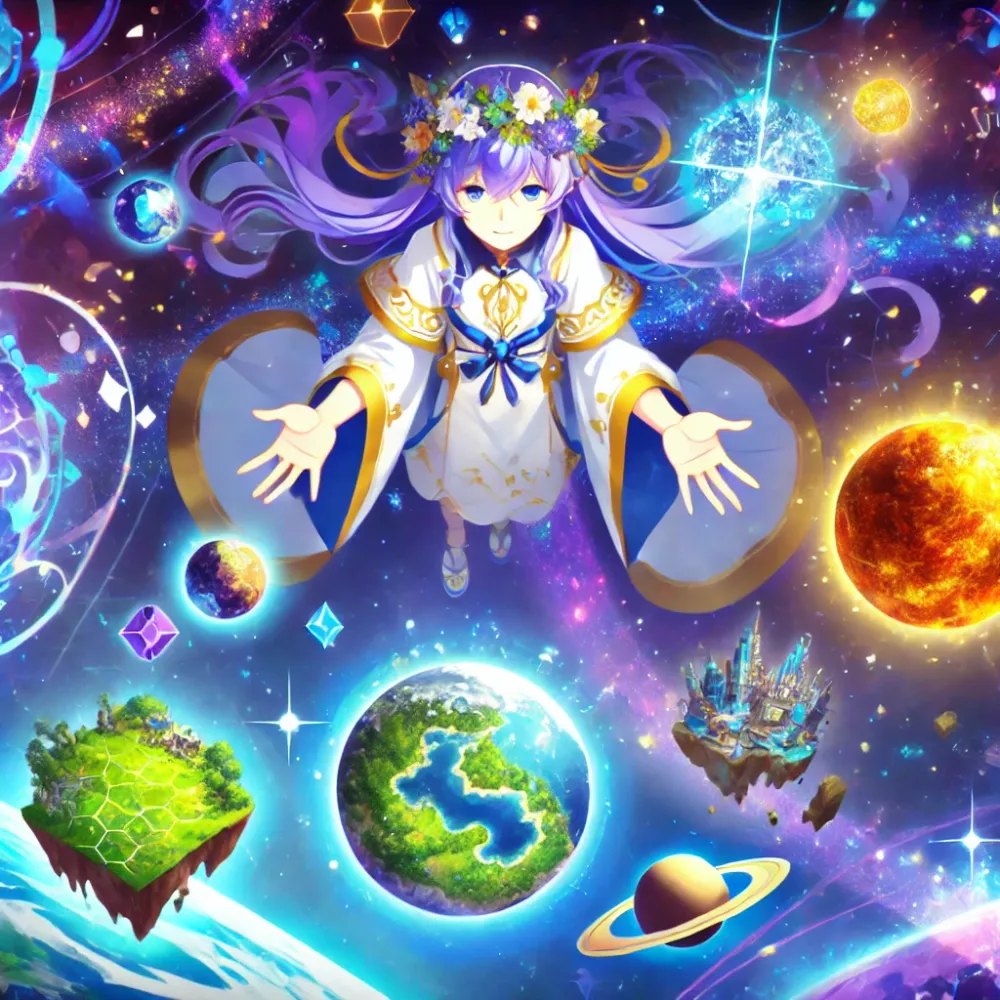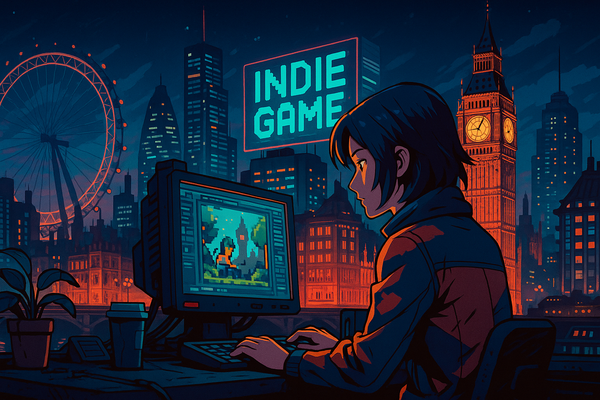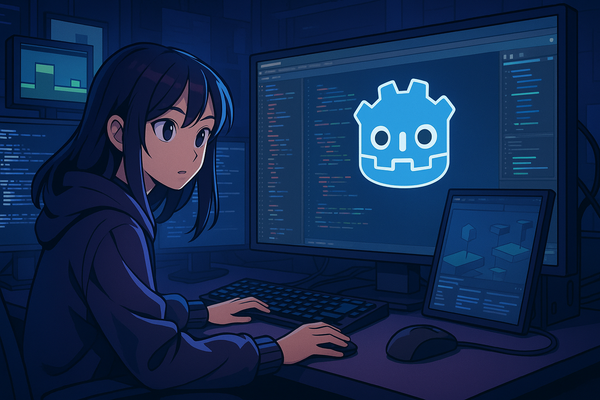The future of procedural generation: Using AI to create infinite game worlds
The gaming industry has always pushed the boundaries of creativity and technology. One of the most significant advancements has been the integration of procedural generation, allowing developers to create expansive, dynamic worlds without manually crafting every detail. With the rise of artificial intelligence, procedural generation has evolved further, enabling the creation of infinitely diverse and immersive game environments. In this article, we’ll explore how AI is transforming procedural generation and what the future holds for this exciting field.
1. The basics of procedural generation
Procedural generation involves using algorithms to create content, such as landscapes, levels, or even entire game worlds, based on a set of predefined rules. This allows for the efficient creation of vast and varied environments, where each playthrough can offer a different experience. Games like Minecraft and No Man’s Sky have demonstrated the potential of procedural generation, generating millions of unique worlds for players to explore
(Way2Unknown).
How AI Enhances Procedural Generation:
Traditional procedural generation relies on fixed algorithms. AI, however, can introduce more nuanced variability, learning from player interactions and adapting environments accordingly. For example, AI can help in generating not just random landscapes but those that respond to a player's style, providing a unique blend of predictability and surprise each time.
2. AI-Powered Procedural Tools: Creating Infinite Diversity
One of the leading innovations in this space is Generative AI (GenAI). Unlike static procedural algorithms, GenAI can use machine learning to create more complex, realistic, and adaptive environments. It enables developers to set parameters, and the AI generates diverse variations, from vast open fields to intricate cave systems.
Case Study: Infinigen
Developed by the Princeton Vision & Learning Lab, Infinigen uses procedural generation to create photorealistic 3D scenes entirely from scratch. This open-source tool demonstrates how AI can produce highly detailed assets, allowing developers to build environments that feel both expansive and intricate. Infinigen can seamlessly generate natural scenes, expanding the possibilities for game developers seeking to create endless, realistic game worlds (GitHub)
Related reading: To learn more about building replayable experiences, check out "The Power of Procedural Generation: How to Create Endless Replayability for Indie Games".
3. Procedural worlds & meta worlds: The next generation of game creation
The future of AI-enhanced procedural generation lies in platforms like Meta Worlds by Procedural Worlds. Leveraging AI, Meta Worlds allows developers to create complex terrains, lush environments, and even entire ecosystems. This innovation extends the scope of procedural generation, integrating machine learning to automate the creation of realistic textures and environmental systems in mere minutes (Procedural Worlds).
Gaia pro & AI GameDev toolkit
An exciting collaboration between Intel’s AI GameDev Toolkit and Gaia Pro has opened new possibilities for procedural content generation. By utilizing AI to optimize graphics and terrain generation, developers can create more immersive and dynamic environments faster, blending the power of AI with traditional world-building techniques.
4. Enhancing replayability and immersion through adaptive content
AI procedural generation doesn't just stop at creating landscapes. It can also be used to adapt game content to player behavior. Imagine a game where the terrain, missions, and even the weather adapt to how a player approaches challenges. AI can make procedural content more reactive and personalized, significantly enhancing replayability. As games become more dynamic, players will find new ways to interact with the world on each playthrough.
Why it matters
This adaptability can make indie games feel as expansive and responsive as AAA titles, allowing smaller developers to compete by delivering equally engaging experiences. By using AI to generate content, developers can focus more on fine-tuning gameplay and narrative without sacrificing the scope of their world-building efforts.
5. Future trends: AI-Driven orocedural generation as a game mechanic
Looking forward, AI-powered procedural generation could move beyond background creation to become a central gameplay mechanic. Games like No Man's Sky have already touched on this concept, but future titles may see AI-driven content that evolves in real-time based on player actions. This could lead to game environments that feel alive and continuously responsive, offering players a more immersive and engaging experience.
Ethical considerations
With the expansion of AI in game development, ethical concerns also arise, such as data privacy, the unpredictability of AI-generated content, and ensuring that these tools are used to complement human creativity rather than replace it. Developers must consider these factors to maintain a balance between innovation and responsible design.
AI-enhanced procedural generation is set to redefine how game worlds are created, making them more diverse, adaptive, and immersive. As tools like Infinigen and Meta Worlds continue to push the boundaries, the future of game development will likely see a blend of human creativity and AI precision, offering experiences that were previously unimaginable. Indie developers, in particular, stand to gain from these advancements, leveraging AI to bring ambitious projects to life without extensive resources.




